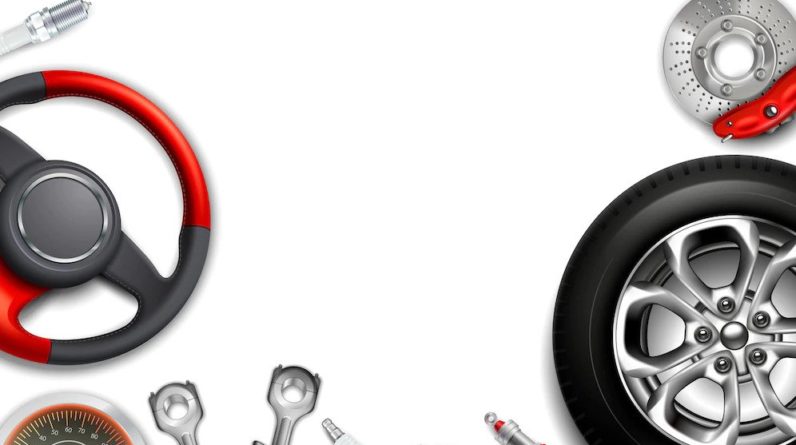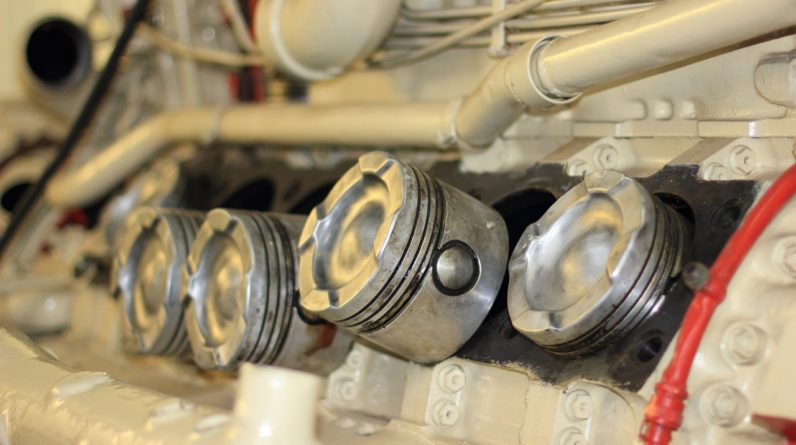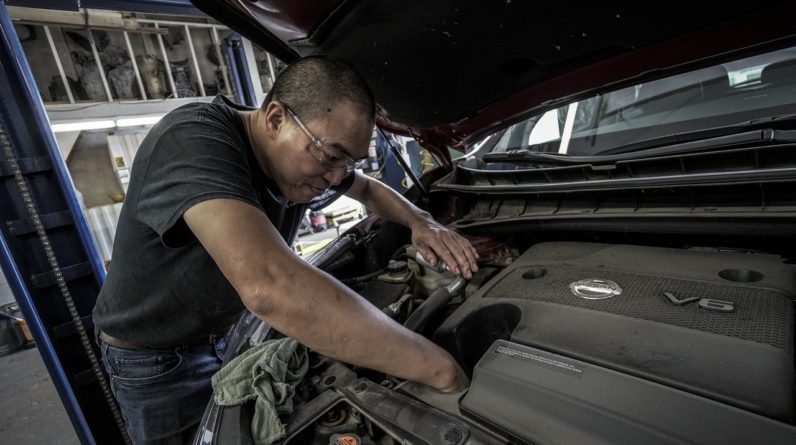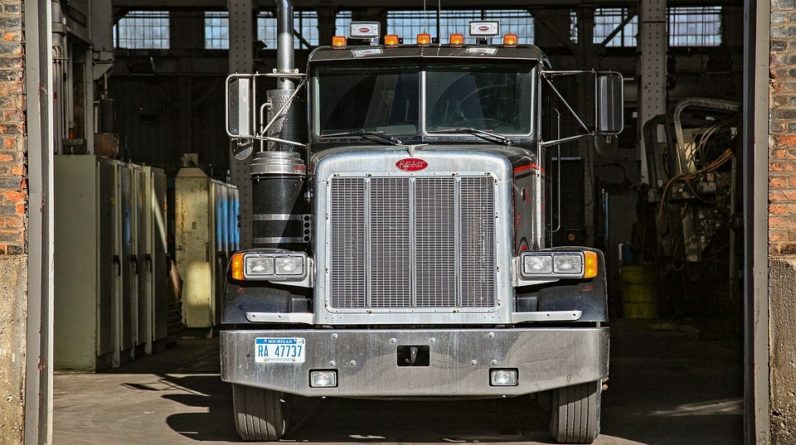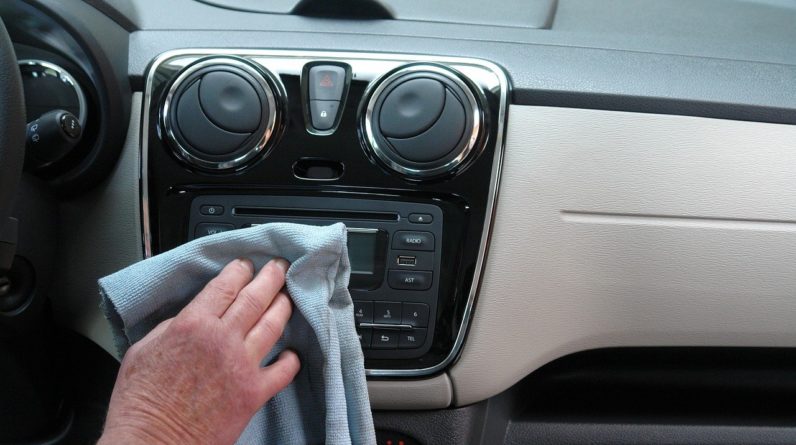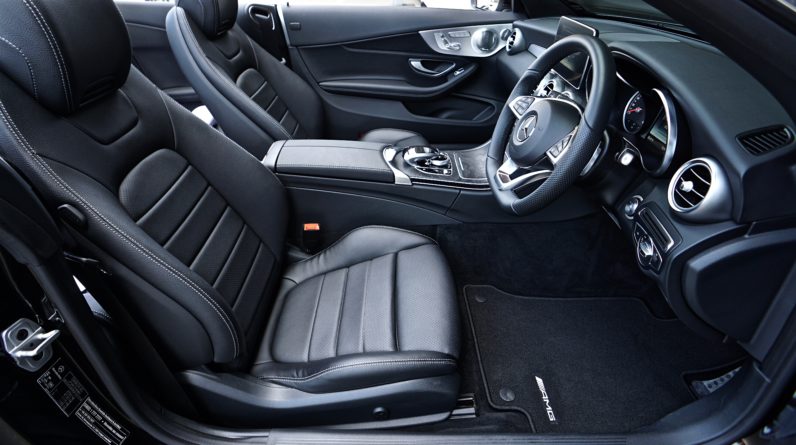
Vehicles differ across classes and so do the drivers. Operating a sedan is not the same as handling a heavy-duty truck. Each class requires special training for full competency. Nonetheless, people assume once you understand the mechanics of a simple car, you can transfer the knowledge to a truck and drive seamlessly. The experience of driving a heavy-duty truck is completely different from driving any other vehicle. Here is how.
Size
Trucks are massive vehicles whose structural design differs depending on the type of truck. The size of the vehicle completely alters the experience of driving it. Size dictates handling and manoeuvrability. A small car can fit through tight spaces and simple manoeuvres like turning are simple. However, as the vehicle gets bigger, the handling becomes more difficult. If you are not a trained truck driver, turning a heavy-duty truck is a difficult task. Day to day manoeuvres like parking and reversing will become impossible. A professional truck driver knows the implications of the truck’s size on their driving approach. Trucks also have limits on which spaces to pass and this explains the road restrictions based on height and width. There are also important weight restrictions that apply to trucks and this is important information for any truck driver.
Power
When it comes to power output, trucks are designed to generate enough power to carry out heavy-duty jobs. Trucks are the ultimate land machines for ferrying heavy loads. They can carry anything from raw materials to heavy machinery. There is no limit to what a truck can tow. With great power comes great responsibility on the driver. Ferrying heavy loads means controlling the truck across different terrains. Moreover, heavy loads change the handling of a truck and a professional driver should adapt accordingly to ensure control is maintained.
Speed
If you have been on the freeway you can appreciate the speed at which trucks move. The vehicles are not designed to clock high speeds and accelerate swiftly on the road. Although newer releases perform well on top speed and acceleration, trucks are still some of the slowest vehicles on the road. As a result, a lot of patience is paramount for any truck driver. If you are at the cockpit of a truck, you will have to get used to every vehicle overtaking you. Moreover, trips on a truck can take weeks to months and this can put your patience to the test.
Vision
The most challenging part of driving a truck is maintaining good vision from the cockpit. Trucks have numerous blind spots and this explains some of the accidents that occur on the road. In a truck, the position of the driver is elevated above other road users. As a result, there is a blind spot directly in front of the driver and beside the cockpit outside the view of the side mirror. Considering the length of the truck, a blind spot also exists directly behind the truck. A professional truck driver takes into account all the blind spots before making manoeuvres on the road. It takes a keen eye to safely drive a truck on busy roads.
Driving a heavy truck is completely different from driving a sedan or a pickup. The vehicles might share some mechanical functions like transmission systems, brakes and acceleration but a truck driver needs special truck driving training to safely move on the road.
